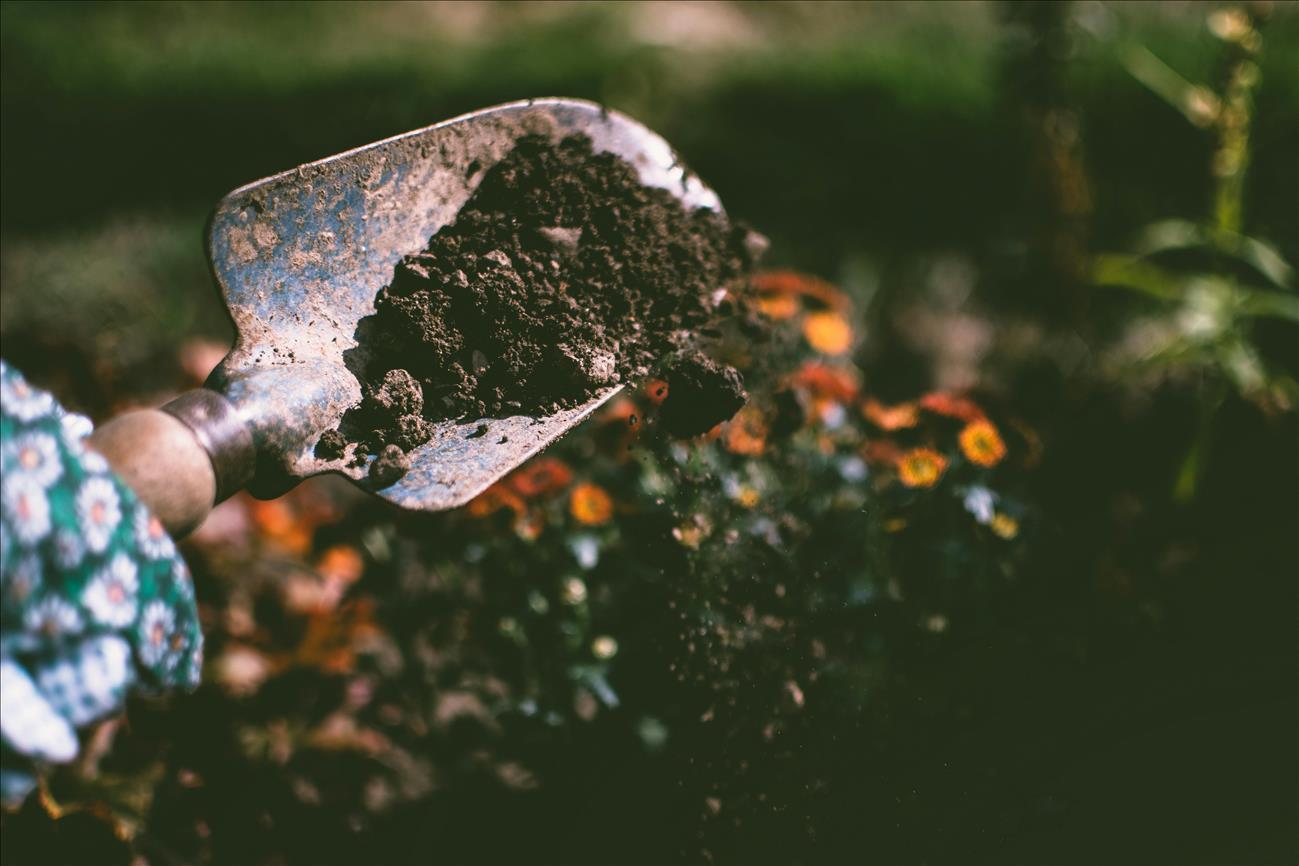Easy Home Gardening Tips for New Green-Thumbs


Home gardening can be an extremely rewarding hobby, bringing beauty, peace, and productivity to any outdoor space. Although home gardening might seem like an intimidating task for beginners, anybody can turn a yard into a vibrant garden with the right guidance. Surprisingly easy with some basic guidance, gardening helps develop patience, care, and an appreciation of nature. From understanding soil types to selecting the right plants and scheduling for the season, this article offers the basic gardening knowledge to assist beginners in growing a healthy, beautiful garden that's both manageable and enjoyable.
Selecting the Right Plants for Your Climate and Space
An essential component of successful gardening is selecting plants that thrive in your climate and available space. Hardiness zones let gardeners know what grows well in their specific region by means of average temperature and frost dates. For instance, while colder climates may host a range of hardy plants including evergreens or perennials, tropical plants are better suited to warmer zones. Also, think about the sunlight and space every plant needs; some flourish in shade, while others require sun. While perennials return each season, making them a more sustainable option for inexperienced gardeners, annuals give seasonal color but require replacing each year.
Preparing and Nourishing the Soil
Any effective garden depends on healthy soil, which directly affects plant growth, resistance, and productivity. To begin, it's important to test the pH and nutrient level of the soil; fortunately, soil test kits are readily available and provide critical insights. Incorporate organic matter like compost, aged manure, or leaf mold—which improves structure, water retention, and fertility—for nutrient-rich soil. As it breaks down, routinely applying compost to the soil surface provides plants with a consistent nutrition supply. Aerating the ground is also crucial as it helps to avoid compaction and allows plant roots to access nutrients, water, and oxygen. By helping to retain soil moisture and control temperature, mulching—which may include shredded bark or spreading straw—helps reduce weeds and improve soil condition.
Mastering Watering Techniques for Optimal Growth
Though timing and skill make all the difference, watering is essential. Finding the correct balance is crucial as under or over-watering can stress plants. The best time to water is in the morning because it allows plants time to absorb moisture before the sun's heat causes evaporation. Watering straight at the base of plants targets the roots, which is where most moisture and nutrients are absorbed for best results. Steer clear of watering leaves as this could encourage fungus and other problems. Perfect for busy novices seeking to build healthy plant routines without overcomplicating care, drip irrigation systems or soaker hoses can offer constant watering with little waste.
Managing Weeds and Pests Naturally
Although weeds and pests are unavoidable in any garden, they can be controlled with careful methods that minimize damage to the environment and plants. Weeding on a regular basis prevents them from stealing nutrients and water from your garden plants. By limiting sunlight, mulch effectively reduces weed growth—which is essential for weed seeds to germinate. Natural approaches for pest management include introducing helpful insects like ladybugs or growing plants like basil or mint that repel pests. Physical barriers and mesh coverings also deter pests. Many gardeners find that consulting with a professional landscaping company can provide additional information on pest control methods specific to their region that do not use harmful chemicals. For instance, Las Vegas landscaping professionals and those in other areas might recommend using desert-adapted plants that are less susceptible to pests, as well as implementing xeriscaping techniques to reduce water usage and promote healthier garden ecosystems.
Embracing Seasonality: Planting for Year-Round Interest
Designing a garden that thrives all year round calls for seasonal planning. Different growth circumstances brought forth by each season mean that garden upkeep and plant choice should complement these natural cycles. Plant annuals and bulbs in spring to prepare for vibrant summer blooms. While autumn allows you to grow trees and plants as the colder temperatures help them develop roots, summer is a great time to enjoy blooming perennials. Adding sturdy evergreens or decorative elements like garden sculptures makes winter gardens perfect. Strategic planting allows one to have a varied, vibrant garden all year long without needing constant replanting.
Conclusion
Gardening is a journey that adds beauty and life to outdoor spaces, rewarding those who care for it with a peaceful retreat right at home. These fundamental gardening techniques provide beginners with the groundwork for a successful, pleasurable, low-maintenance, and vibrant garden. New gardeners can confidently improve their skills—and their green spaces—by carefully selecting plants, maintaining appropriate soil, watering efficiently, controlling pests, and seasonal planning.
